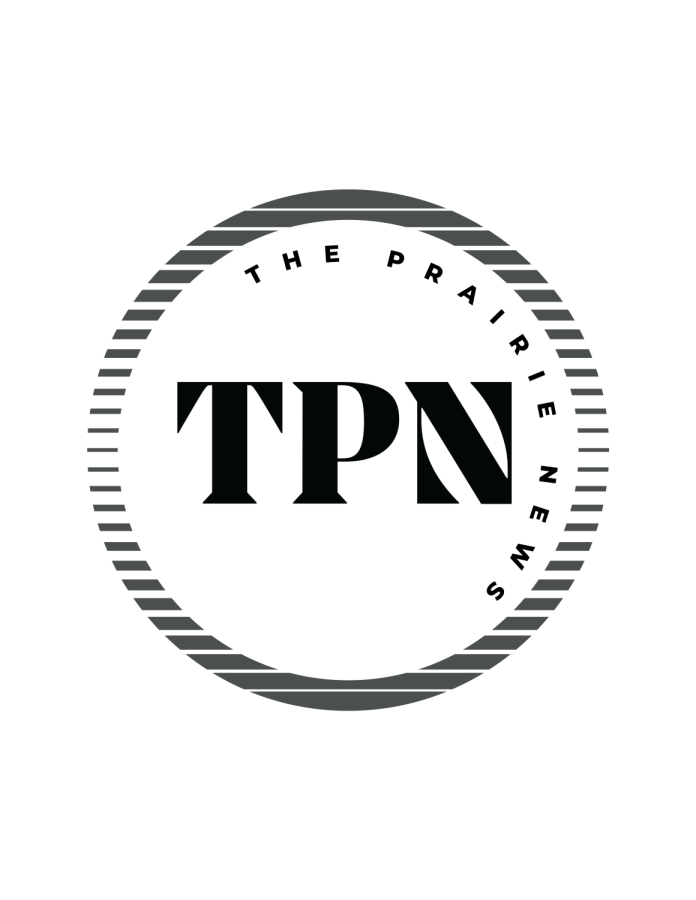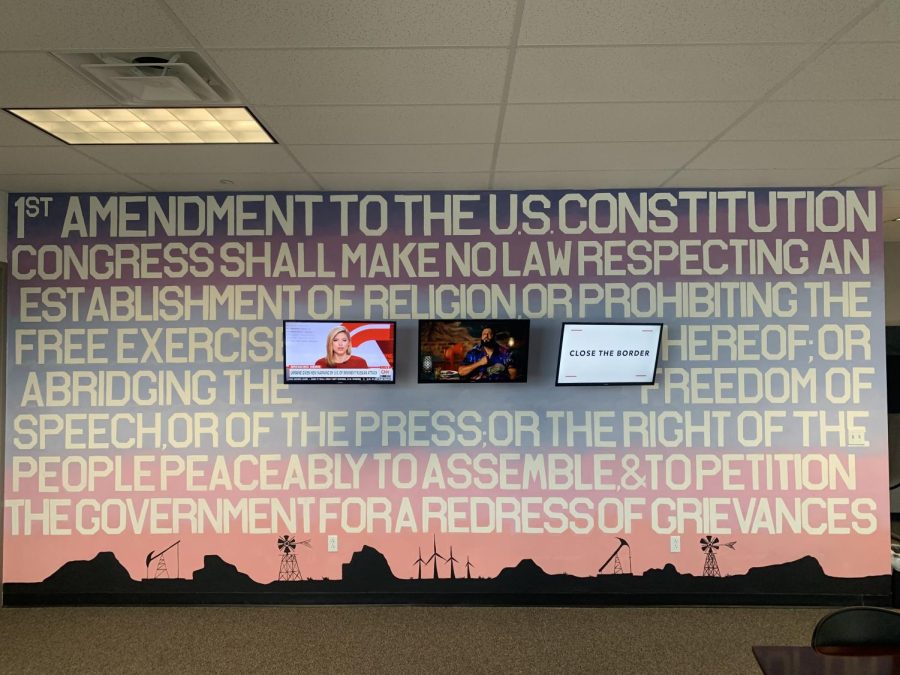I am female, and I am in a leadership role. At the university level, gender roles in leadership are not properly addressed. The university acts as a safe haven in terms of gender. I’ve known many university level organizations to have female leadership roles, but it wasn’t until I gained my current position as editor, and was actively more aware of life after college that I realized how hard it will be for me after I walk the stage just because of my gender.
Women in leadership roles are sparse. Unlike a male my same age, I can’t turn to the profession and find someone to aim to imitate. For instance, when typing Megyn Kelly into Google, my search was automatically prompted to include “Megyn Kelly husband” or “Megyn Kelly net worth.” Neither one of these options gives me the option of viewing her work or her background. But even as a female news anchor, her appearance still takes the foreground. Articles about her call her “hot news anchor” or portray her as emotional by saying “Breaks Down in Tears.”
Women are cast as subpar in the professional world and are painted with emotion and appearance to place them in this category of too weak for leadership. This image is most strongly brought on by the males of the media, especially when it comes to politics. Currently, women make up 18.7% of the U.S. Congress. A total of 23 states have never had a female governor. When watching news coverage of Sarah Palin and Hillary Clinton, it was mind boggling to me that instead of focusing on what these women were saying, the males covering them would focus on looks or on discrediting them as viable candidates because of their gender.
Not only are women misrepresented as professionals in media, but also as targets in advertising. A common misconception about advertising says that sex sells, when in reality, it is sexy women who sell. Advertisers for decades have found ways to feature women in ads in such a way that will entice consumers. The way women are represented and portrayed has changed over the last several years, but not in a good way.
As early as the 1890s, women were portrayed as servants to their husbands and households. An 1893 ad for Gold Dust Washing Powder has a woman on her hands and feet scrubbing the floor. The copy says, “To enable them to get through work as early as their husbands.” In the 1900s, women were fighting for their rights, but advertisers were not taking them seriously.
The popular 1943 ad that features Rosie the Riveter was one of the first depictions of an empowered woman, and a few more years of such ads followed. But by the 1960s, women were beginning to become sexualized and objectified in the media. This portrayal of women has progressed much further, as we see in many ads today.
This secondary genre of women is even evident in animated Disney classics. Females in these movies are even painted in revealing clothing and their main mission is to find love or be rescued by a prince. Girls are conditioned at a young age to think that this is what women are supposed to do, and it doesn’t get better as they get older. Females are given this certain way to look, and it’s brought on by media. Females are hardly present as protagonists in films today, and when they are, it’s usually in line with a male-driven story line. The female gender has been placed in a box. In mainstream media, the women are dressed in revealing ways and given roles that diminish room for character growth.
I can’t be what I can’t see, and the women who are portrayed in mainstream media are not who I want to be. Yes, there are plenty of powerful women out there and what they do is tremendous, but these women are background objects to a male dominated society. Women are under-represented as successful individuals and over-represented as sexual objects. Females are downgraded, demoted, displaced, declassed and disposed of in mainstream media. There is only one way to fix this issue, and it’s to bring attention to it.








